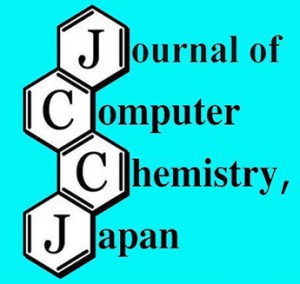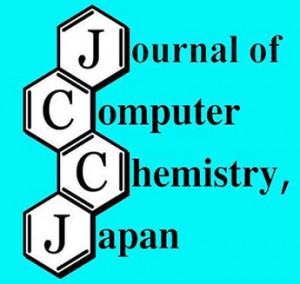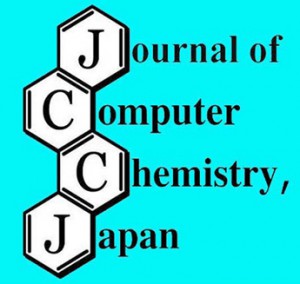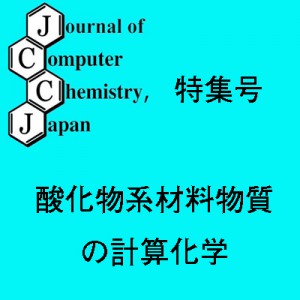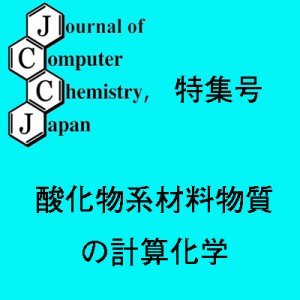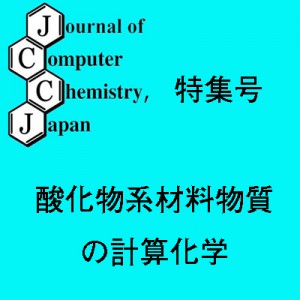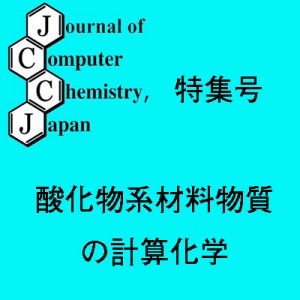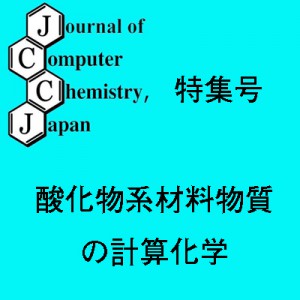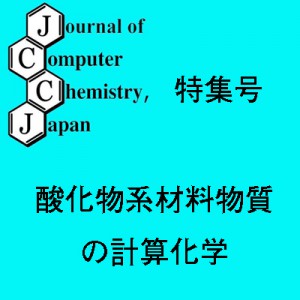[Advanced Published online Journal of Computer Chemistry, Japan, by J-STAGE] <Title:> 赤色蛍光タンパク質 DsRed の色素部周辺における水分子ならびに隣接アミノ酸残基の構造の励起エネルギーへの影響評価
<Author(s):> 坂口 正貴, 望月 祐志, 渡邉 千鶴, 福澤 薫
<Corresponding author E-Mill:> fullmoon(at)rikkyo.ac.jp
<Abstract:> DsRedは
Discosoma種サンゴから単離された赤色蛍光タンパク質 (RFP)の一種である.私たちのグループでは,多層フラグメント分子軌道(MFMO)スキームの下,クロモフォアにCIS (D)系の励起状態計算法を用いてDsRedの励起エネルギー・発光エネルギーを算定し,実験のスペクトルの極大値との良好な対応を報告している [Mochizuki et al.,
Chem. Phys. Lett., 433, 360 (2007) & Taguchi et al.,
J. Phys. Chem. B, 113, 1153 (2009)].しかし,色素部近傍の水分子,隣接アミノ酸残基の側鎖の配向や構造緩和についての検討は必ずしも明示的になされてはいなかった.そこで今 回,励起エネルギーを指標としてこれらの影響を系統的に検証した.その結果,前者では色素部CRQ66や周辺アミノ酸残基と水素結合ネットワーク を形成している水2分子の存在,および色素に隣接するSer69の側鎖のOH基の配向,さらに隣接する荷電性のLys163とGlu215の構造 の緩和が重要であることが確認された.これらは,結果として既報でのタンパク質構造のモデリングの妥当性を支持するものとなった.
<Keywords:> DsRed, FMO method, Fluorescent protein, Excitation energy, Protein structure modeling, Hydrogen-bond
<URL:> https://www.jstage.jst.go.jp/article/jccj/advpub/0/advpub_2015-0033/_article/-char/ja/
